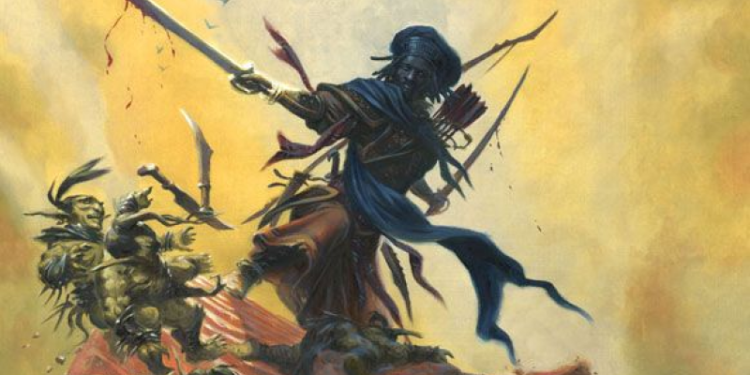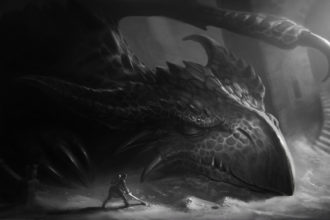Using Sentient Magic Items to Further Character Development

Sentient magic items offer a unique way to offer players new opportunities to roleplay their character. Maintaining a relationship with one’s magic sword can become annoying if it is not tied into the overall arch of the character wielding it. So how do we as Dungeon Masters ensure that the player is engaged and the item continues to play the role of any NPC in the campaign: helping to tell the overall story?
In today’s article, I’m going to take a look at some ways you can design a sentient magic time to complement a character in your campaign. We’ll look at the personality, the motivations, and how to get players to buy-in.
Designing the Personality of your Sentient Magic Item
Stats aside, one of the major things to future out is the personality of the sentient magic item. I recommend setting out with a specific player in mind that will receive the magic item in the campaign. So you’ll want to choose something that they will wield or want to use.
With that done, then think and talk with the player about what arch they want for their character. You can ask them the following questions:
- What is your character’s biggest desire?
- What are your character’s biggest fears?
- What does your character want to overcome?
- What obstacles stand in the way of your character from getting what they want?
With these in mind, you can now begin to design the personality of the item. I would recommend creating something complementary to the answers to these questions. By complementary, I don’t necessarily mean that the item is nice and supportive. It can be, but it can also be a stern teacher or a needling pest that serves to remind the character of their goals and to keep them on that path.
This can create some fun dramatic conflict as the item may not see the nuances of the situation and instead wants to face it head-on.
You can also base some of the quirks of the item on the kind of item it is. A weapon might be brash and eager to take action. A shield could be a bit more hesitant and prefer to come up with a plan. A worn item could be something of a homebody or a bit of a wet blanket.
Allow for the magic item to grow and develop organically as the campaign unfolds. It can serve as a foil to the character, growing in a parallel way to the character’s journey.
Motivations for Sentient Magic Items
The motivation for a magic item can be very simple. Depending on the circumstance of the creation of the item it could be motivated by:
- A need to slay a certain kind of creature
- Revenge
- Protect an area, legacy, or lineage
- Convey knowledge or skills
- Forge new heroes to confront rising evils
- Return to its realm of origin
What’s important about the motivation is that it foils the character wielding it. It could serve as a juxtaposition of the character so that the character’s traits are shown more vividly. The extent that you do this should be based on the campaign. Also, be sure that any item does not outshine the players.
How to Get Player Buy-In
While it is often necessary to keep much of what you are planning secret, it can be useful to have a chat with the player who receives the item about what they expect from the relationship. Most players in my experience are just excited to see what will happen, but it is always good to involve them in some way with planning the arch of their relationship with the item.
You can do this by simply asking them in-game about what they do in the downtime with the item. It’s another source of lore that they might access, or a mentor figure whom they can ask questions.
Keep notes about how the player’s character interacts with the item and perhaps offer a side quest in which the player and the item can bond. Maybe the player helps the item to finish some unfinished business.
Have you used a sentient magic item in your campaign? Comment below and let me know! I’d love to hear your stories.
Art credit: Wizards of the Coast.



